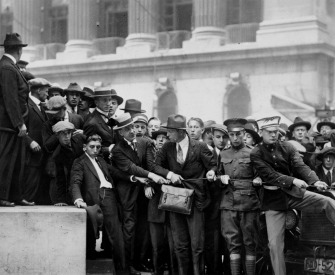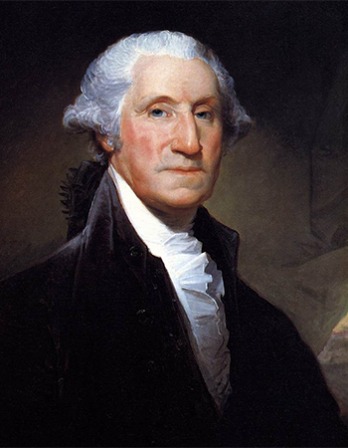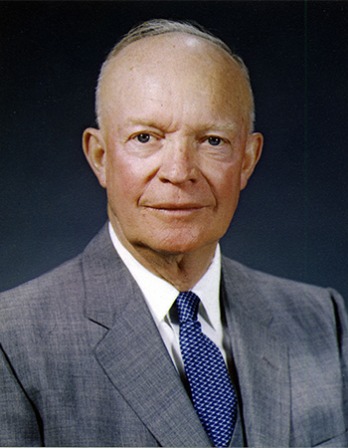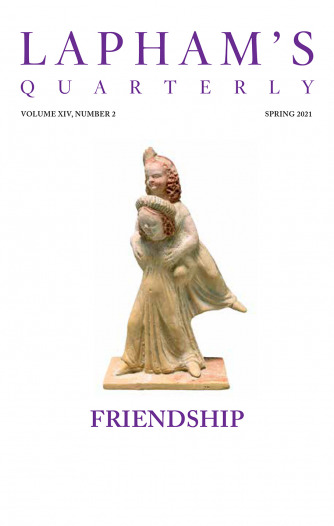A change in our climate is taking place very sensibly. Both heats and colds are become much more moderate, within the memory even of the middle-aged.
Snows are less frequent and less deep. They do not often lie, below the mountains, more than one, two, or three days, and very rarely a week. They are remembered to have been formerly frequent, deep, and of long continuance. The elderly inform me the earth used to be covered with snow about three months in every year. The rivers, which then seldom failed to freeze over in the course of the winter, scarcely ever do so now.
This change has produced an unfortunate fluctuation between heat and cold in the spring of the year, which is very fatal to fruits. From the year 1741 to 1769, an interval of twenty-eight years, there was no instance of fruit killed by the frost in the neighborhood of Monticello. An intense cold produced by constant snows kept the buds locked up till the sun could obtain, in the spring of the year, so fixed an ascendency as to dissolve those snows and protect the buds during their development from every danger of returning cold. The accumulated snows of the winter remaining to be dissolved altogether in the spring produced those overflowings of our rivers, so frequent then and so rare now.
From Notes on the State of Virginia. Jefferson was serving as the U.S. trade representative in Paris when he anonymously published this book, a detailed compilation of data on his state’s minerals and mountains paired with his philosophies on slavery and liberty. The work served in part as a rejoinder to Georges-Louis Leclerc, count de Buffon, who claimed that American animals and plants were punier than those found in France. “I told him also,” Jefferson later wrote, “that the reindeer could walk under the belly of our moose.”
Back to Issue





